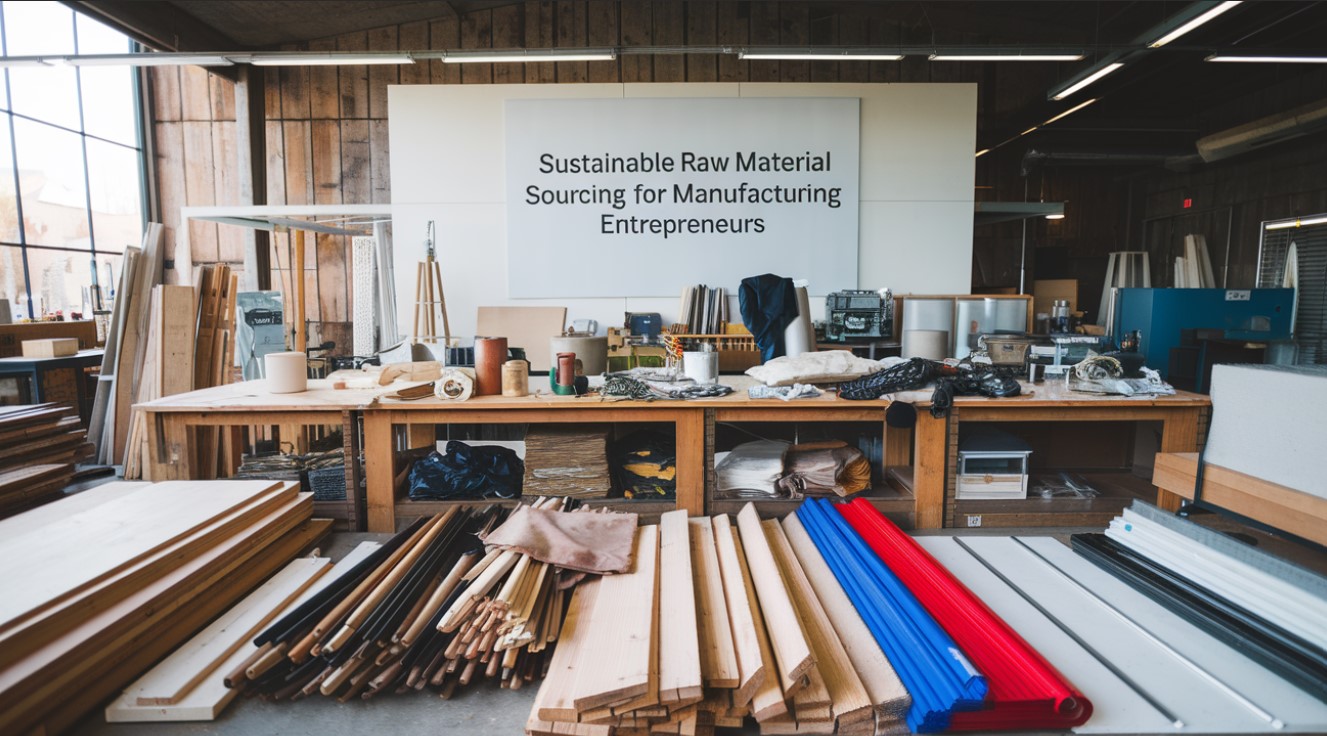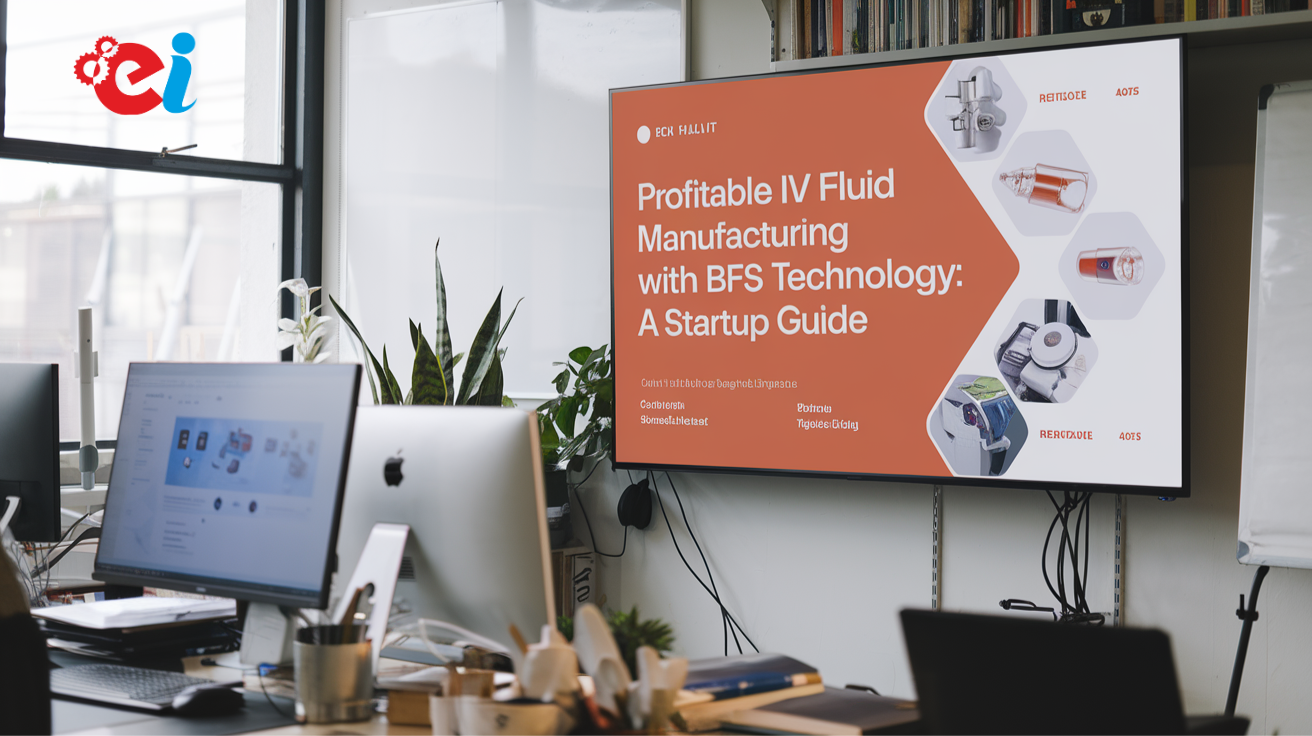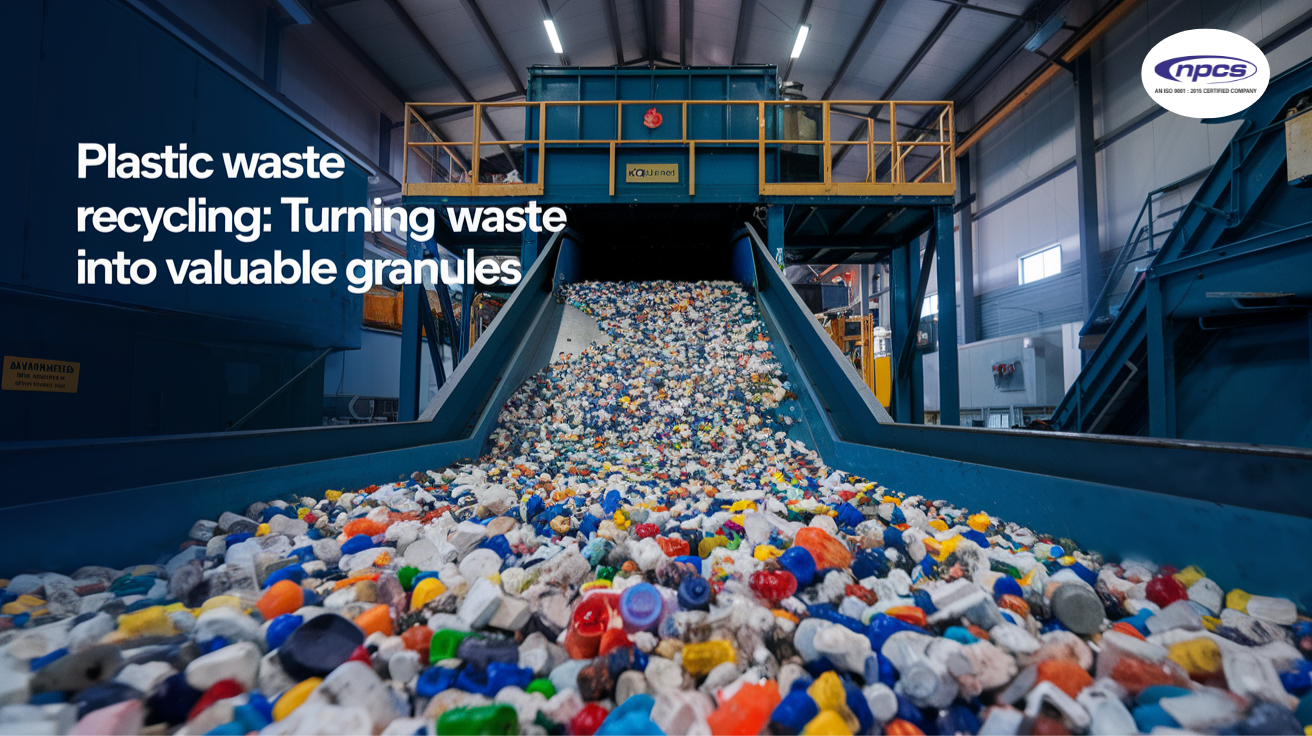
Today, sustainability has moved from being a mere buzzword into a serious facet of business strategy in manufacturing practices. Awareness among consumers, extensive government regulations, and disruption in global supply chains have given impetus to this trend: entrepreneurs must pursue new approaches to raw material sourcing. They must ask themselves, though, how they can achieve those targets without compromising product quality, cost efficiency, or operational effectiveness.
This section, together with other parts of this manuscript, deals with key strategies of sustainable sourcing that empower manufacturing entrepreneurs.
Benefits of Sustainable Raw Material Sourcing
Sustainable sourcing not only benefits the environment; it also has economic benefits:
1. Reduced Environmental Impact
Old traditional methods of extracting raw materials from mines or leading to deforestation create a danger to the ecosystem, generate pollution, and significantly contribute to climate change. Doing sustainable activities helps ensure that materials are acquired using environmentally protective processes, increasing biodiversity and promoting ecological balance.
2. Uplift compliance regulation
With countries around the world tightening up on sustainability-related regulations, being involved in responsible sourcing forms the key to compliance. Such practices help businesses avoid penalties and reputation damage
3. Brand Equity and Consumer Demand
Consumers are becoming increasingly worried about the origins of the products they buy. It is expected that global consumers will change their habits of buying things to decrease environmental impact. So, with a commitment to sustainable sourcing, companies build their brand equity and attract environmentally conscious consumers as a distinctive feature in the competitive market.
4. Long-Term Cost Saving
It may be true that using sustainable materials results in higher initial expenses, but these are usually changed by long-term savings. Sustainable activities provide operational efficiency, minimization of waste, and promotion of supply chains. As a result of having improved resource management, companies typically lower their operational expenses.
Key Strategies for Sustainable Raw Material Suppliers
Incorporating sustainable activities requires some good productive strategies towards finding sustainable suppliers and materials. Here are key strategies to help you build a responsible sourcing model.
1. Perform a Sustainability Audit of Your Present Supply Chain
Before any changes are made, an assessment must be done of the current position. Ask:
- Where are my raw materials sourced from?
- How are they extracted or processed?
- Are suppliers maintaining ethical practices in their labor?
- What is the material environmental impact?
Tools and certifications (like EcoVadis and SEDEX) have the possibility to assist you in your assessment of suppliers’ sustainability.
2. Choose Certified Sustainable Materials
The best prevention for sustainability is sourcing materials with third-party certifications. Examples of these are:
- Certification of paper and wood goods as FSC Responsible Forestry Sources.
- Certified by GOTS, which means ethical production and organic fabric certification.
- One needs to ensure Fair Trade certification for sustainable farming practices and fair compensation for raw materials like rubber, cotton, and coffee.
3. Prioritize Recycled Materials
One of the simplest ways for sustainability is to just use recycled raw materials. Many industries are using such methods successfully:
- Fashion brands are using polyester recycled from existing textiles instead of virgin plastic-based textiles.
- Electronics companies recycle metals from devices instead of mining them.
- Packaging manufacturers are using biodegradable plastics such as cornstarch-based plastics or mushroom-based packaging.
4. Work Directly with Local and Ethical Suppliers
This reduces the carbon footprint due to transport and community benefits gained through this method. It becomes easier to verify the local suppliers’ ethical and sustainable practices.
When searching for suppliers, ask:
- Do they follow sustainable farming, forestry, or mining practices?
- Do they pay fair wages and ensure safe working conditions?
- Are they minimizing the waste of water and energy in production processes?
5. Leverage Technology for Transparency
Sourcing is just one end of the sustainability chain; it requires full transparency across the entire supply chain. Advanced technologies such as blockchain and AI-integrated monitoring systems available in companies go a long way in tracking materials from their starting point to the final product delivered, as in the case of metals.
Real-World Examples of Sustainable Sourcing Success
1. Patagonia: Leading the Way in Recycled Materials
Patagonia does lead the way, for example, in using recycled polyester, organic cotton, and responsible wool, all of which generate full supply chain transparency. Furthermore, the company encourages product recycling and reuse rather than disposal or discarding.
2. Tesla: Ethical Sourcing for Electric Vehicles
Tesla lithium and cobalt battery materials are sourced from suppliers certified to be ethical and avoid conflict minerals. The company is also working toward closed-loop recycling of battery materials.
3. IKEA: promoting 100% Renewable and Recycled Materials
IKEA aims to produce its products only from renewable or recycled materials by 2030 and eliminate waste from the production of wood and cotton from sustainable sources.
Sustainability is the Competitive Edge
Sustainable raw material sourcing is no longer a trend; it’s the future of manufacturing. Sourcing raw materials responsibly and developing robust supplier networks will assist business entrepreneurs in reducing environmental impact, adhering to regulations, and building a market among present-day consumers.
The transformation into sustainable resources will demand some time, but then, it will deliver flexibility to the business while contributing towards the health of the environment and the development of the brand.
So don’t wait to get up. Just take that first step toward sustainable development. You can start with an audit of your current supply chain and focus on areas you might want to improve. Let us create a future where manufacturing will go hand in hand with sustainability.





